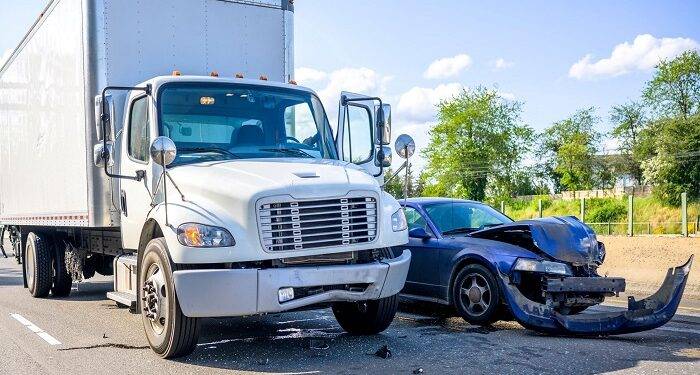One of the most important aspects of a case involving a truck accident is establishing liability. You need to show that the truck driver or others were careless if you want to win your case.
Companies that hire truck drivers frequently face lawsuits alleging that their drivers were negligent. However, if the truck driver is an independent contractor, they will be held individually liable for any accidents they cause.
Trucking firms may try to escape liability by claiming that the drivers hire an independent Stockton truck accident attorney. However, employment and tax regulations have strict requirements that sole proprietors and similar entities must follow. The responsibility for an accident may rest not only with the driver. It is possible to file a lawsuit against a producer of a faulty product if that product plays a role in causing an accident. Similarly, if an accident is brought on by incorrectly loaded cargo, the loader may be held liable.
-
Relative Responsibility
Even if you were partially at fault for the collision, there is a possibility that you could still be entitled for financial compensation in certain circumstances.
When determining who is at responsibility in a personal injury lawsuit, the concept of comparative negligence is utilised by the majority of legal systems across the world. This means that the total amount of compensation you receive will be lowered by that percentage if it is determined that you were responsible for the accident up to 20% of the time. Under these circumstances, even if you were awarded $1 million, you might only receive $800,000 of it back. If, on the other hand, it was ruled that you were 80% responsible for the incident, the amount of damages to which you are entitled will be reduced to $200,000.
Thirteen states apply what is known as a “pure” comparative fault rule, while the remaining thirty-three states apply a variation of the concept that is depending on the degree to which the damaged party contributed to the issue.
The so-called “50 percent rule,” which is in effect in 12 states, states that if one party is found to be 50% or more at fault, the other side is not liable to pay any damages. This rule stipulates that if a party is found to be more than 50% at fault, the other party is not liable to pay any damages. The “51 percent rule,” which prohibits compensation for damages where one party was at least partially liable for an accident, is followed by the majority of states (exactly twenty-one of them), making it the state law in twenty-one of them. Only four states and the District of Columbia follow the rule of pure contributory negligence, which prohibits a plaintiff from claiming damages if the plaintiff was even one percent at fault for the incident.
-
Examining The Scene Of An Accident
An exhaustive investigation of the scene of the accident is an essential component of competent legal counsel. Your legal representative must get to the location as soon as possible in order to conduct interviews with prospective witnesses, take photographs, and gather important evidence.
It is likely that the “black boxes” that have been installed in many different vehicles will be able to shed light on the acts or inactions taken by the truck driver in the split second before the disaster. Using this information, forensic scientists may be able to gain a deeper comprehension of what took place.
In order to piece together what transpired during the accident, the investigators will not only look at the weight measurements of each vehicle, but they will also look at other evidence such as the orientations of skid marks, the lengths of skid marks, the collision places, the impact angles, and the vehicle speeds. They might go as far as attempting to recreate the disaster by conducting crash tests that are meticulously planned out.









